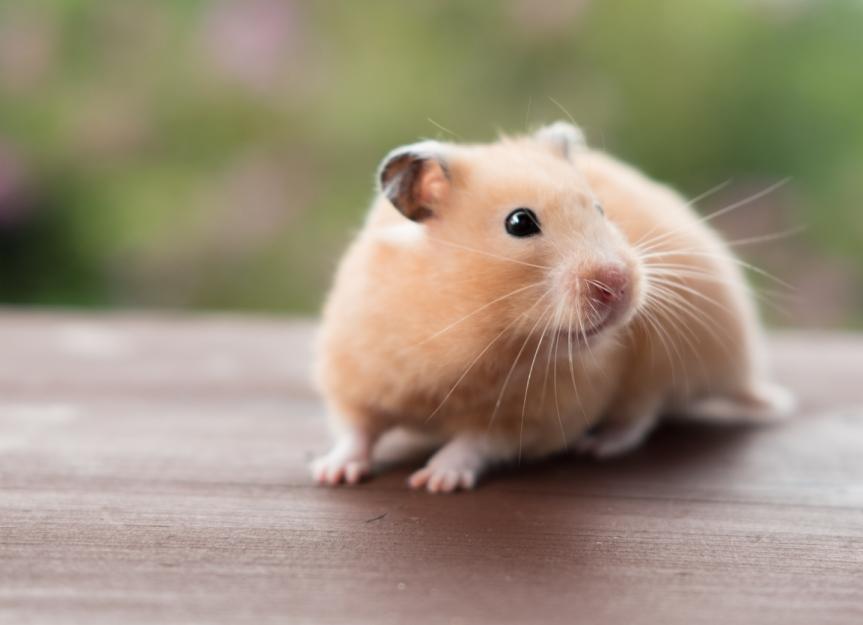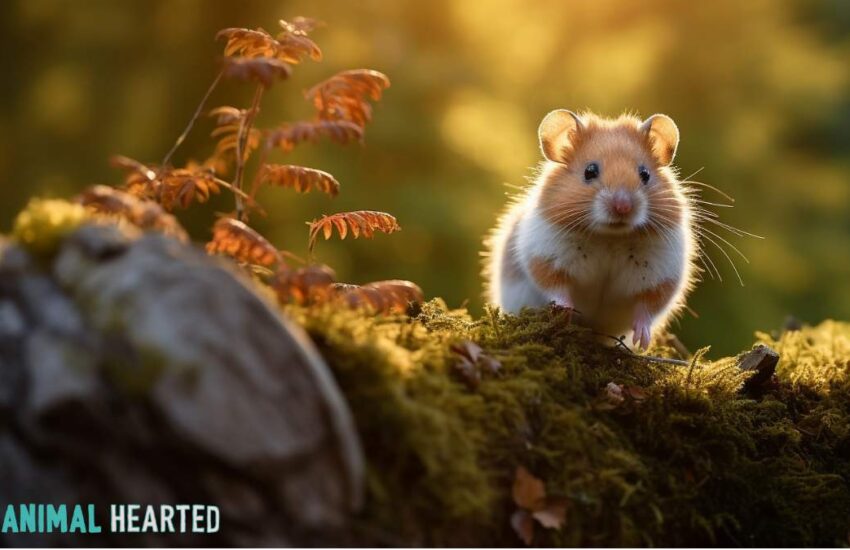Top Hamster Breeds for Children
Choosing the Right Hamster Breed for Kids
When it comes to selecting a pet for children, hamsters are a popular choice due to their small size, relatively easy care requirements, and engaging personalities. Parents should consider different **hamster breeds** as each breed has distinct characteristics that can affect their suitability for kids. Introducing a pet into the family can teach children about responsibility, empathy, and nurturing. In this article, we’ll explore the **top hamster breeds** that are not only kid-friendly but also easy to care for.

1. Syrian Hamster
Syrian hamsters, also known as Golden hamsters, are one of the most common **hamster breeds** found in homes. They are generally larger than other breeds, making them easier for children to handle without the risk of them getting lost in the house. Syrian hamsters are typically more docile and enjoy being held, which fosters a wonderful bond between the pet and a child. They have a sweet temperament and provide ample opportunities for play and interaction, especially when they are hand-tamed. It’s best to keep these **hamsters** alone in their cages because they can become territorial.
2. Dwarf Hamsters
Dwarf hamsters, including Campbell’s and Roborovski hamsters, are known for their petite size and lively antics. They tend to be more active than Syrian hamsters and require a larger cage with plenty of wheel space and toys for exercise. While they can be playful, dwarf hamsters require gentle handling due to their small size. They are more suitable for older children who understand how to handle delicate animals with care. With a proper introduction and lots of positive reinforcement, dwarf hamsters can be friendly pets that children can enjoy.
Understanding Hamster Temperament and Care
Before introducing a hamster to your home, it’s vital to consider the care requirements and temperament of the breed you choose. Each type of **hamster** has unique needs that may influence how they fit into your family dynamic. Learning about their housing, diet, and social needs can prepare both the child and the parent for responsible pet ownership. Here’s a closer look at various breeds regarding their temperament and care needs.
3. Winter White Russian Dwarf Hamster
This breed of **hamster** is known for its agility and playful nature. Winter Whites are friendly and can be kept together if introduced properly from a young age. This cooperative nature makes them a fun option for children who might enjoy watching them interact with one another. Their distinctive color change during winter months is also fascinating to observe, adding an educational aspect to their care. Like other dwarf breeds, ensure your child understands how to handle them delicately to minimize injury.
4. Chinese Hamster
Chinese hamsters are slightly different in appearance, with their long tails and unique coloring. They can be shy but tend to warm up to gentle handling. These **hamsters** make an excellent pet for children who may have experience with smaller pets as they can be more nippy and require patient handling. Setting up a fair enclosure that allows for burrowing and climbing can keep them active and content. With proper socialization, Chinese hamsters can become quite affectionate towards their caretakers.
Health and Wellness of Hamsters
Any pet requires attention to health and wellness, and **hamster care** is no exception. Regular visits to veterinarians experienced with small animals can help monitor the hamster’s wellbeing, ensuring that your child’s new friend is healthy and happy. Familiarizing yourself and your children with common health concerns in hamsters can also stem more complicated issues down the line.
Common Health Issues in Hamsters
Hamsters can face various health problems such as wet tail, respiratory issues, and skin conditions. Parents should educate children about signs of illness, like lethargy or changes in eating habits. Keeping a clean habitat, providing a balanced diet, and ensuring plenty of exercise through wheels and playthings will significantly contribute to their health. Moreover, children can help with cleaning tasks and check if their hamster is feeling fine, helping them engage in responsible pet ownership.
Feeding Your Hamster
The diet plays a crucial role in the health of any **hamster breed**. An appropriate diet consists of high-quality commercial hamster food, supplemented by fresh fruits, vegetables, and occasional treats. Involving children in the feeding process can teach them about nutrition and care. Always research safe foods and ensure the hamster has constant access to fresh water. Establishing a routine feeding schedule can help kids learn responsibility while ensuring that their pets thrive.
Creating a Hamster-Friendly Environment
To provide a happy habitat for your hamster, it’s essential to create a comfortable environment within your home. Considering the breed’s specific needs and preferences can significantly impact their wellbeing. Establishing a space where the **hamster** feels secure can help children build a positive relationship with their pet and nurture a sense of responsibility toward their care.
Setting Up a Hamster Cage
At the core of a hamster’s habitat is a spacious, well-decorated cage. It should have appropriate bedding, hiding spots, and toys for the pet to express its natural behaviors like digging and climbing. Parents and children can work together to design a fun life space that keeps the hamster engaged and happy. Make the cage accessible for observation, providing children with the joy of seeing daily activities while also keeping them safe: make it escape-proof with a secure top.
Socializing with Your Hamster
Once you have set up the environment, **socializing** with your hamster is fundamental for building trust. Encourage children to spend dedicated time playing with the pet, allowing them to understand its behavior and responses. Parameters such as letting the pet sniff their hands before picking it up or using treats to encourage positive interactions can significantly reduce fear and increase bonding. Through these shared moments, children can develop a lasting appreciation for their furry friend.
Key Takeaways
- Syrian hamsters are generally friendly and straightforward for children to handle.
- Dwarf hamsters require a little more expertise due to their smaller size and energetic behavior.
- Health awareness and a nutritious diet are critical for the well-being of any hamster breed.
- A well-set-up habitat ensures a cozy and engaging environment for your pet.
- Social interaction helps build trust between children and their pet hamsters.
FAQ
1. What is the best hamster breed for a first-time pet owner?
The Syrian hamster is considered one of the best options for first-time pet owners due to its larger size and gentler temperament. They are easy to handle and interact well with children, making them an ideal choice.
2. How often should I clean my hamster’s cage?
Hamsters’ cages should be cleaned at least once a week to maintain a healthy environment. Spot cleaning daily can help keep the odor down and ensure their bedding remains dry and clean.
3. Can hamsters be kept together?
It largely depends on the breed. Syrian hamsters are solitary and should not be housed together. However, some dwarf hamster breeds can live in pairs or small groups if introduced properly from a young age.
4. What do hamsters need in their habitat?
A suitable hamster habitat includes bedding, a wheel for exercise, hiding spots, toys for stimulation, and appropriate food and water sources. This setup keeps them active and encourages natural behaviors.
5. How can I tell if my hamster is sick?
Signs of illness in a hamster may include lethargy, changes in eating habits, fur loss, and changes in behavior. If you notice any of these symptoms, consult a veterinarian immediately for proper care.
6. Are there any special dietary needs for hamsters?
Hamsters require a balanced diet consisting of high-quality commercial pellets, along with fresh vegetables, fruits, and occasional nuts as treats. Avoid sugary or fatty foods to maintain their health.
7. How can my child bond with their hamster?
Encouraging gentle handling, creating playtime routines, and providing healthy treats can help children bond with their hamsters. Making the hamster part of supervised play sessions can enrich the experience for both the child and pet.
